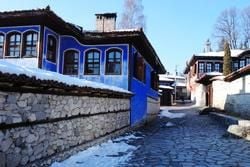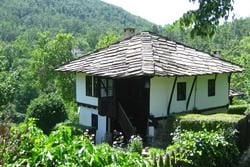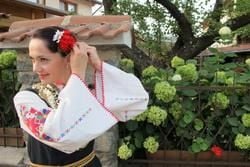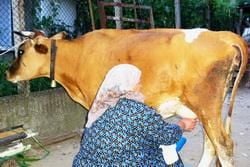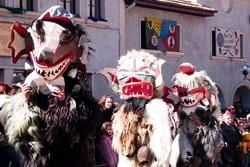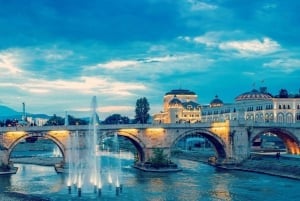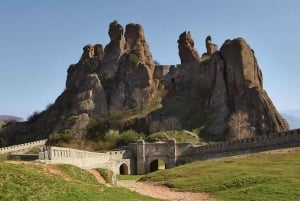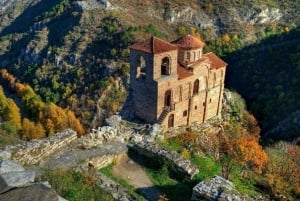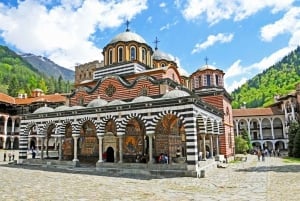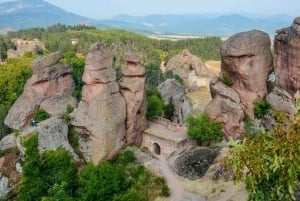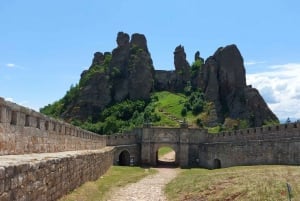The Bulgarian Countryside - Culture and Tradition
Do you know how to milk a cow or make yogurt? Can you weave a carpet or use a potter’s wheel? Have you ever seen a nestinar or a kuker? Is lyutenitsa some kind of a weird animal? What exactly does the saddler do? How do bagpipes work?
Yeah, you probably don’t have a clue about any of that. Well, we can’t teach you all these things, but we will tell you where to find the people who can. This article is dedicated to the most authentic small towns, villages and hamlets that have managed to preserve the traditions, customs, skills, crafts and culture of the country’s past.
They are scattered all across
Bulgaria and provide a great variety of attractions. In the region
around Sofia one will find
Melnik, the smallest town in country, with its wine cellars and beautiful rock pyramids, the villages of
Kovachevitsa and
Leshten, two masterpieces of 19th-century Bulgarian architecture, and
Chiprovtsi – the capital of carpet weaving. Those who wish to get a closer look at the development of the Bulgarian revolutionary movement and national culture during the last years of the Ottoman Rule should make the trip to
Koprivshtitsa and its surrounding towns and villages. A single tour around the area can be as informative and fulfilling as reading a whole history textbook.
The town of
Panagyurishte near Plovdiv does not differ from Koprivshtitsa that much. It used to be one of the main Bulgarian cultural and revolutionary centres during the pre-liberation period. Today it has transformed into an open encyclopedia that awaits eager readers to soak up the knowledge it offers. The village of
Shiroka Laka south of
Plovdiv is a beautiful mountain gem where traditional Bulgarian folklore has managed to live on protected by the hypnotizing sounds of bagpipes.
Arbanasi Village lies just outside the historical town of
Veliko Tarnovo and completes it in a sense. Its old houses, churches and taverns match the architectural style of its famous neighbour perfectly and even add a new exciting aspect to the tourist experience. The
Etar Ethnographic Complex is a place where you can learn everything about traditional Bulgarian crafts and customs and check how skilful you really are. Everything in
Bozhentsi screams peace and rustic comfort…everything – from the village’s fresh air to the rusty sickles and hoes hung in the rickety sheds in the back yards of the old houses. No wonder that the name of the village has turned into a synonym of countryside idyll. The town of
Tryavna has always been one of the biggest artistic centres in the country devoted primarily to wood-carving. The best Bulgarian masters lived and worked there, so if you are into fine arts, you can pay the town a visit…you won’t regret it. You will find additional information about the towns and villages in the Veliko Tarnovo region right
here.
Although the
Black Sea Coast is predominantly made up of big urban centres and busy sea resorts, there are a couple of tiny rural spots that have managed to keep the feeling of pure authenticity alive.
Kotel is such a town and so are the villages of
Zheravna and
Balgari. Balgari is the last place in Bulgaria where one can still witness the dances of the nestinars. Read more
here.
Photos by: E.Bliznashka, D.Alexov, A.Alexov


